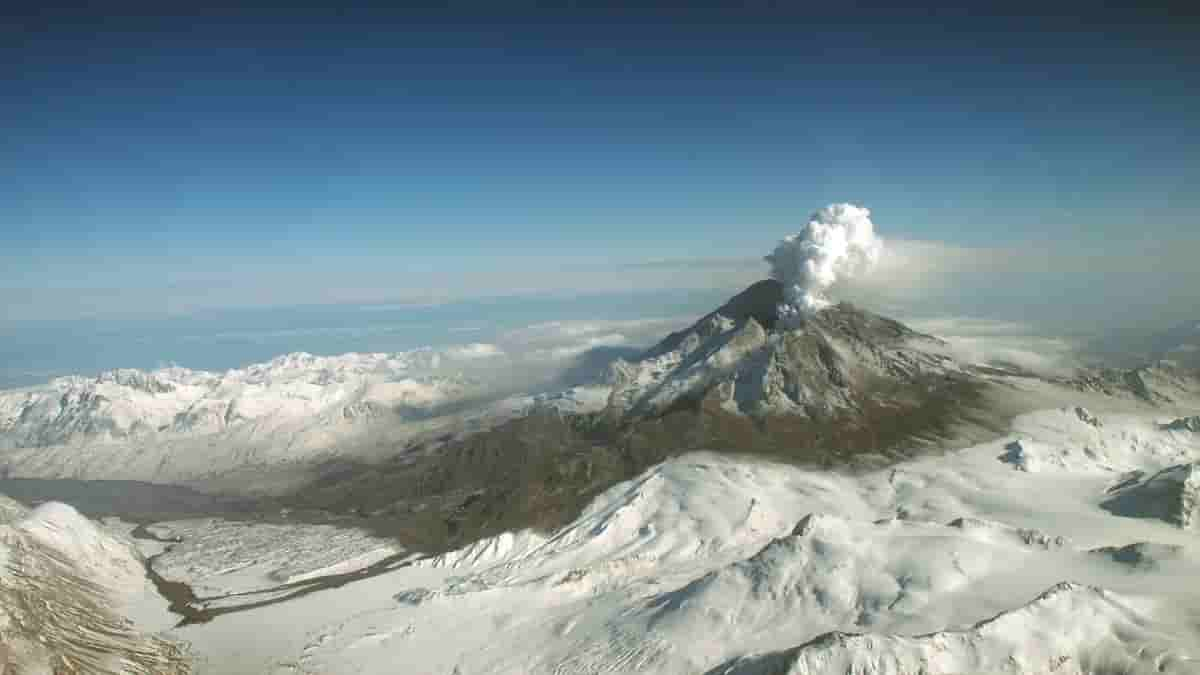NASA-ISRO Satellite to Monitor Earth’s Surface Movement Every 12 Days
 NASA
NASANASA and the Indian Space Research Organisation (ISRO) are preparing to launch a new satellite that will monitor Earth’s surface movements. The NISAR (NASA-ISRO Synthetic Aperture Radar) satellite, scheduled for launch in early 2025 from India, will measure Earth’s land and ice-covered surfaces twice every 12 days, with precision down to fractions of an inch.
“This kind of regular observation allows us to look at how Earth’s surface moves across nearly the entire planet,” says Cathleen Jones, NISAR applications lead at NASA’s Jet Propulsion Laboratory in Southern California.
The satellite will carry both L-band and S-band radar instruments, marking the first time both systems have been used on a single satellite. These instruments can collect measurements day and night and see through clouds that typically obstruct optical instruments. The L-band instrument will also penetrate dense vegetation to measure ground motion, particularly useful in areas surrounding volcanoes or faults hidden by vegetation cover.
While the satellite won’t predict earthquakes, it will provide valuable data about seismic risks. “The NISAR satellite won’t tell us when earthquakes will happen. Instead, it will help us better understand which areas of the world are most susceptible to significant earthquakes,” says Mark Simons, the U.S. solid Earth science lead for the mission at Caltech in Pasadena, California.
The Himalayan region is a key area of interest for the mission. “From the ISRO perspective, we are particularly interested in the Himalayan plate boundary,” says Sreejith K M, the ISRO solid Earth science lead for NISAR at the Space Applications Center in Ahmedabad, India. “The area has produced great magnitude earthquakes in the past, and NISAR will give us unprecedented information on the seismic hazards of the Himalaya.”
Beyond earthquake monitoring, the satellite will help track infrastructure conditions. “Instead of going out and surveying an entire aqueduct every five years, you can target your surveys to problem areas,” says Jones. This capability becomes particularly valuable in regions with extensive infrastructure networks. In the Sacramento-San Joaquin River Delta, for example, “There’s over a thousand miles of levees. You’d need an army to go out and look at them all,” Jones notes. “Then you can save your time and only go out to inspect areas that have changed. That could save a lot of money on repairs after a disaster.”
The mission represents a collaborative effort between the two space agencies. NASA’s Jet Propulsion Laboratory is providing the L-band SAR, radar reflector antenna, GPS receivers, and high-rate communication subsystem. ISRO’s U R Rao Satellite Centre in Bengaluru is contributing the spacecraft bus, launch vehicle, and satellite mission operations, while the ISRO Space Applications Centre in Ahmedabad is providing the S-band SAR electronics.
In addition to monitoring land movement and infrastructure, NISAR will track changes in ice sheets, glaciers, sea ice, and vegetation, providing comprehensive data about Earth’s changing surface. The mission is jointly managed by NASA’s Jet Propulsion Laboratory and ISRO’s U R Rao Satellite Centre in Bengaluru, India.


